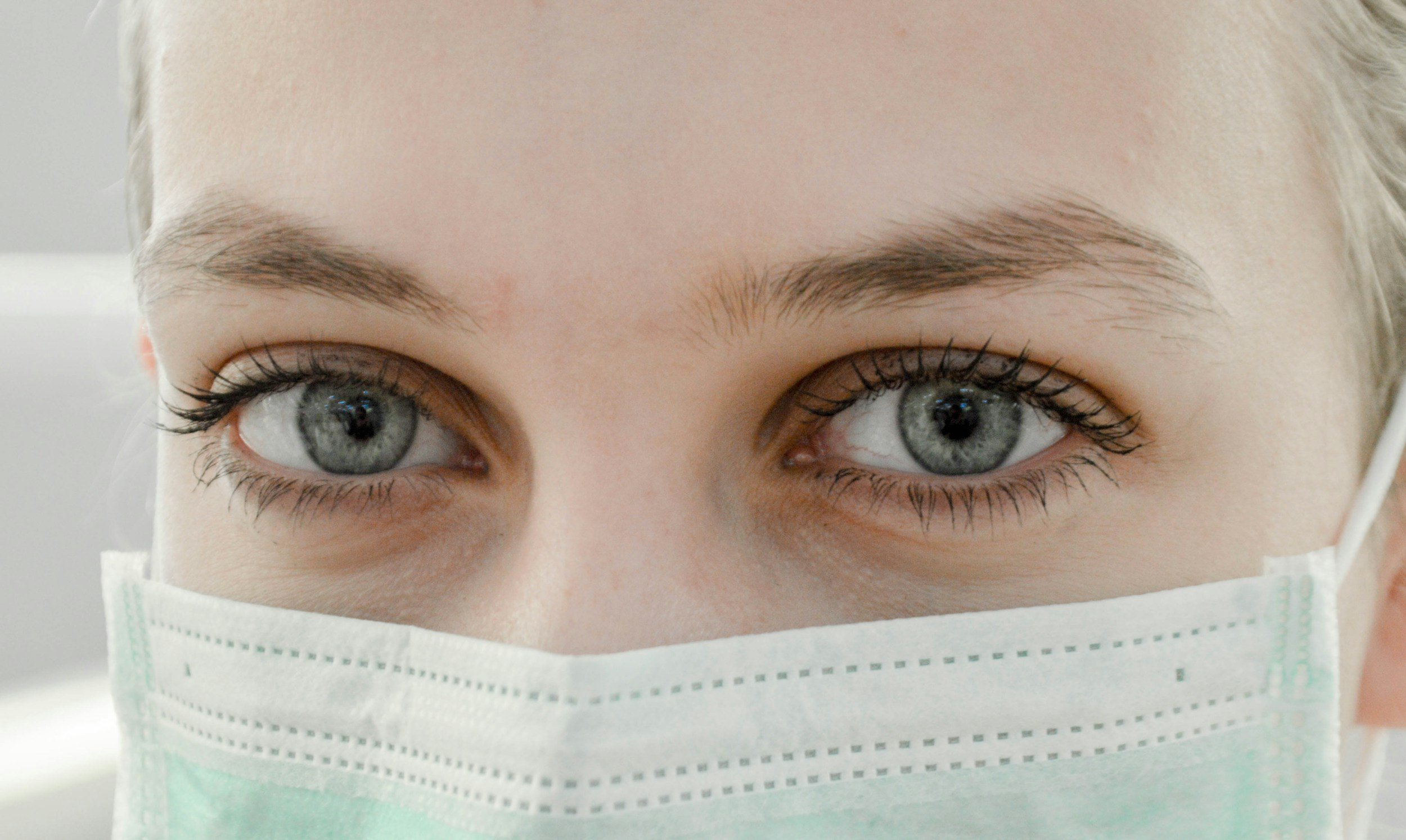
For Providers
Clinical Overview
Leading Edge Technology
SofPulse is an easy-to-place, non-invasive device that delivers targeted pulsed electromagnetic field therapy to enhance post-surgical recovery, naturally. tPEMF is an innovative process that uses proprietary technology to reduce pain, swelling and inflammation. The therapy is non-invasive and non-pharmacologic, with no known side effects and no potential for overdose or dependency. SofPulse has been used effectively and studied extensively in soft tissue postoperative management.
Recommendations for Use
tPEMF therapy is recommended for a variety of health conditions, below are just a few of the uses for this innovative technology.
Post-surgical and chronic pain
Inflammation and edema
Acute and chronic wounds
Neuropathy
Orthopedic conditions
Osteoarthritis
To promote vasodilation and angiogenesis
No Contraindications
SofPulse has no contraindications. The FDA label has indicated use, warnings and precautions (each is of a lesser concern down to precautions)
Indications: Adjunctive use in the palliative treatment of postoperative pain and edema in the superficial soft tissue. SofPulse is not indicated as a substitute for treatment of deep tissues such as internal organs.
Warnings: Be sure to ask the patient about possible implants before deciding to use SofPulse. If the patient has implanted leads or an implant containing lead, tPEMF therapy should not be used, even if the implant has been turned off. Examples of implanted systems that may contain lead include cardiac pacemakers and defibrillators, cochlear implants, bone growth stimulators, deep brain stimulators, spinal cord stimulators, and other nerve stimulators.
Precautions: Should not be used during pregnancy or over the joints of skeletally immature patients. The long-term biological effects of pulsed electromagnetic energy are not known at this time.
SofPulse Benefits
SofPulse speeds the body's natural healing process...getting your patient back to their lives and the things they love FASTER
Reduces pain and swelling
Facilitates healing
Drug-free and non-invasive
Decreases uses of narcotics, reduces the risk of overdose or dependency
Supported by extensive clinical studies
No known side effects
Reduces treatment costs
Better for patients
Reduces pain and use of pain medication (Rohde et al., 2010)
Reduces swelling (Johnson et al, 2008)
Accelerates wound healing (Kloth et al, 1999)
More cost-effective for health care facilities
Reduces wound care costs (Hall, 2006; Luu et al 2008)
Reduces length of in-patient stays (Strauch, et al 2009)
Easy-to-use for clinical staff
Improves patient satisfaction
Automated dosing device is activated automatically or can be used as needed
Promotes mobility in the hospital and in the home
Easy-to-use single patient device applied immediately after surgery or injury
Let’s Talk Wound Care
As surgeons, it's crucial that we educate our colleagues and patients about the potential complications that can arise from improper post-surgical wound care. Key points include:
Infection
Surgical site infections (SSIs) are one of the most common and serious complications. We should emphasize that:
SSIs typically occur within 30 days after surgery
They can increase hospital stay by up to 9.7 days
Signs include fever, pus or drainage, increased pain and redness, and foul smell
Wound Dehiscence
This is another critical complication we must highlight:
It involves partial or complete separation of wound edges
Can occur in 0.5% to 3.4% of abdominopelvic operations
Has a mortality rate of approximately 40%
Other Tissue and Wound Complications
We should also discuss:
Seroma and hematoma formation
Tissue necrosis
Periwound dermatitis and edema
Delayed healing
Risk Factors
It's important to communicate the factors that increase the risk of complications:
Patient-related: obesity, diabetes, smoking, advanced age, malnutrition
Procedure-related: type and location of surgery, duration, emergency operations
Wound-related: contamination, presence of foreign bodies, inadequate debridement
Prevention Strategies
We should emphasize the importance of:
Proper hand hygiene and sterile technique
Appropriate use of prophylactic antibiotics
Adequate wound cleaning and debridement
Proper dressing selection and application
Patient education on wound care
Monitoring and Early Intervention
We must stress the importance of:
Regular wound assessment for signs of complications
Prompt intervention when complications are suspected
Appropriate use of wound cultures and targeted antibiotic therapy
For complex cases, we should mention:
Negative pressure wound therapy
Hyperbaric oxygen therapy
Debridement techniques
Skin or tissue grafting
By communicating these key points, we can help ensure that our colleagues and patients are well-equipped to prevent, identify, and manage post-surgical wound complications effecti




